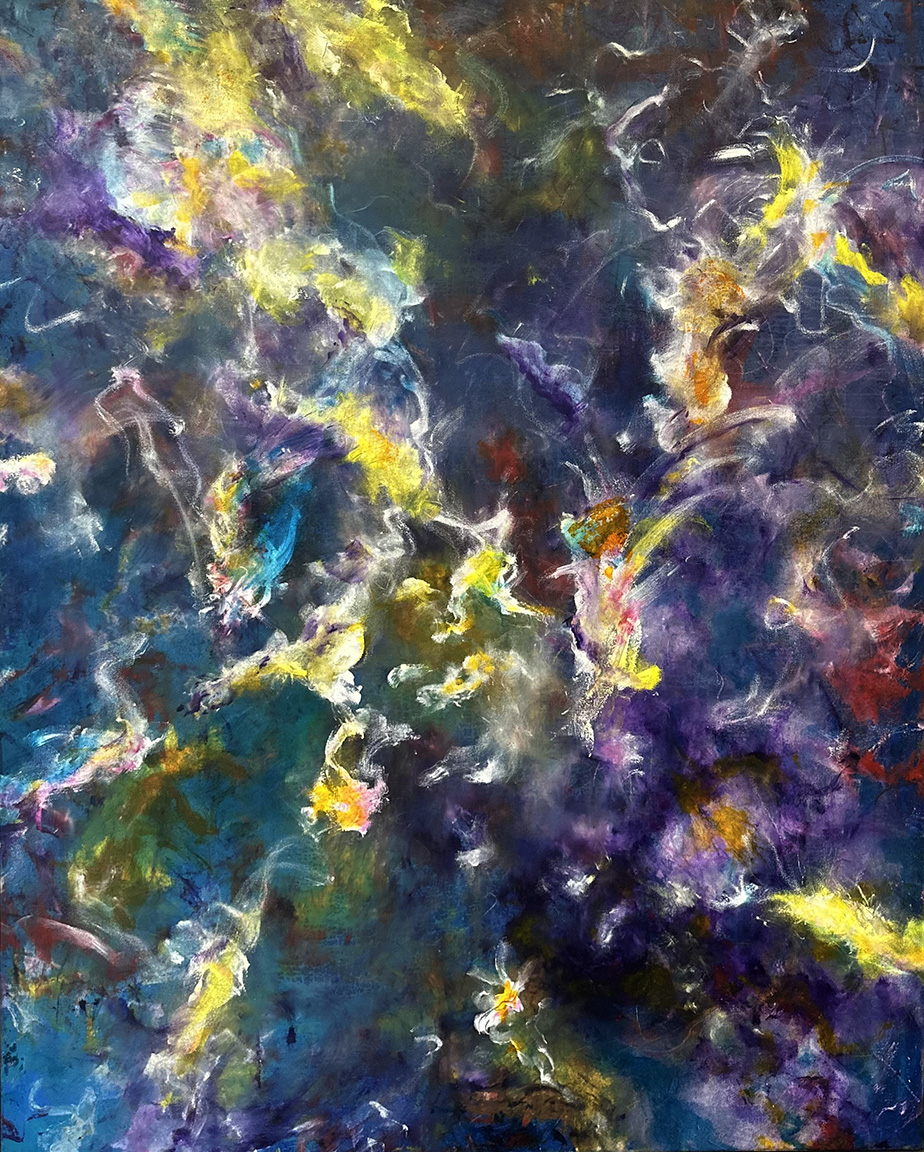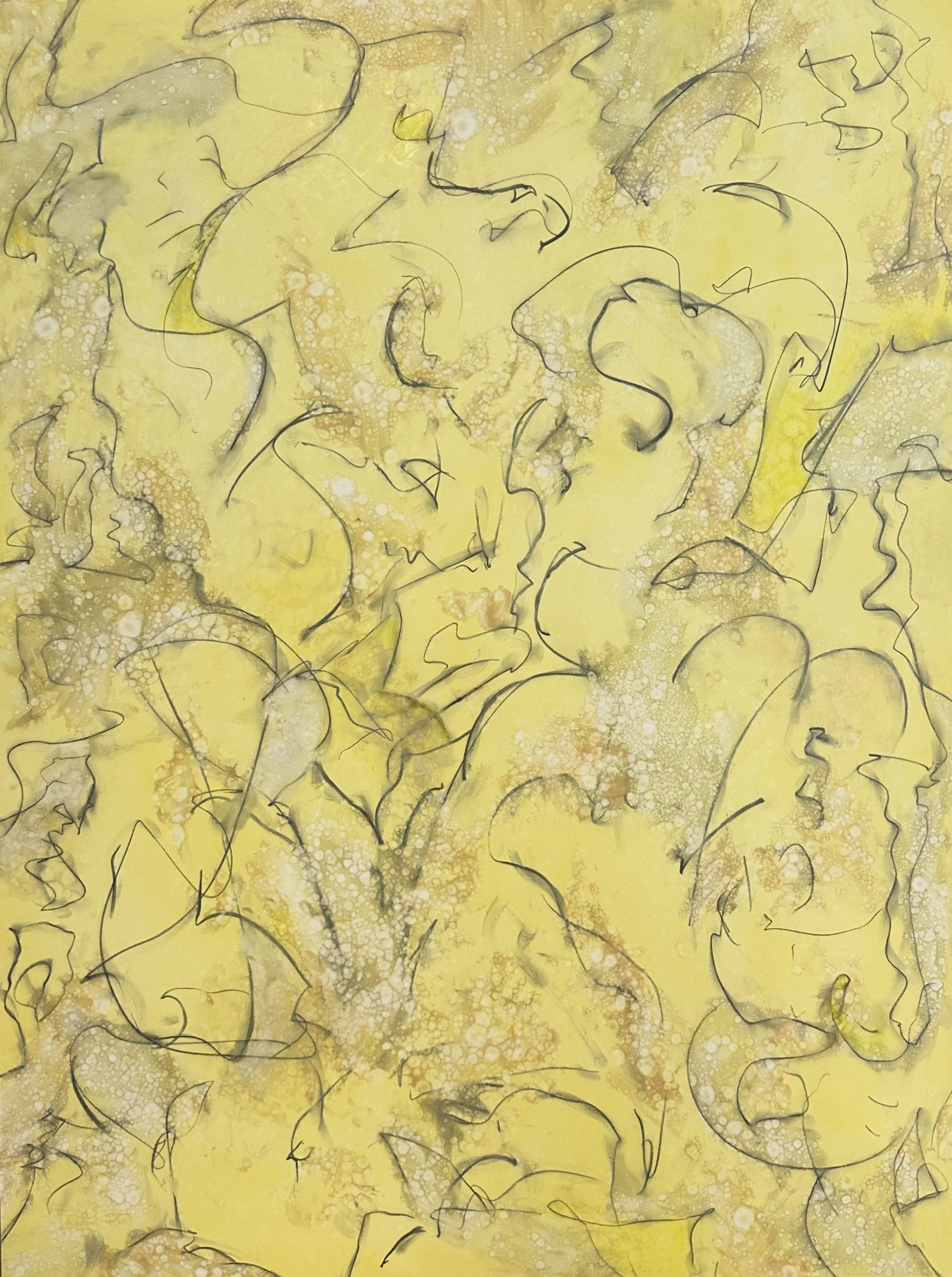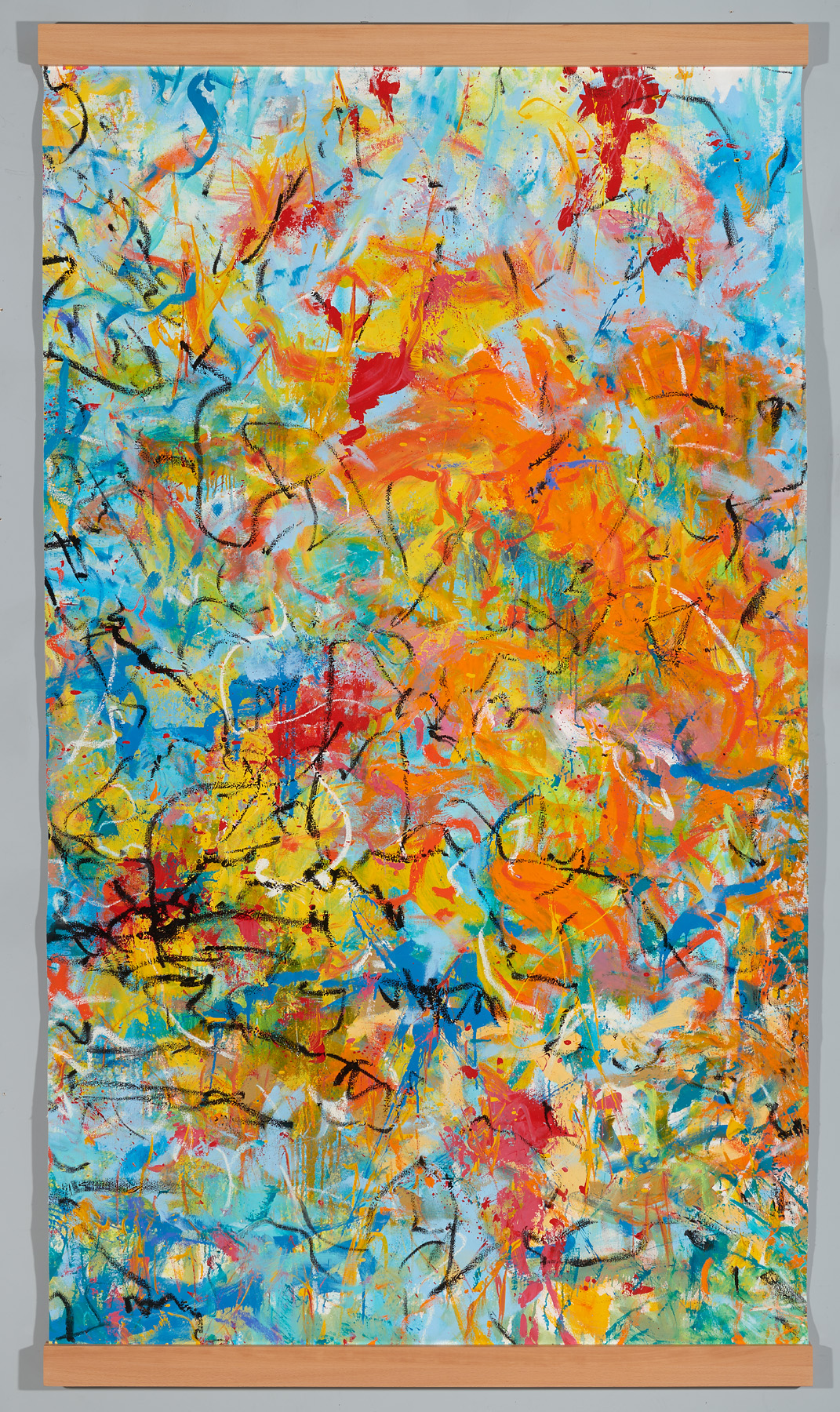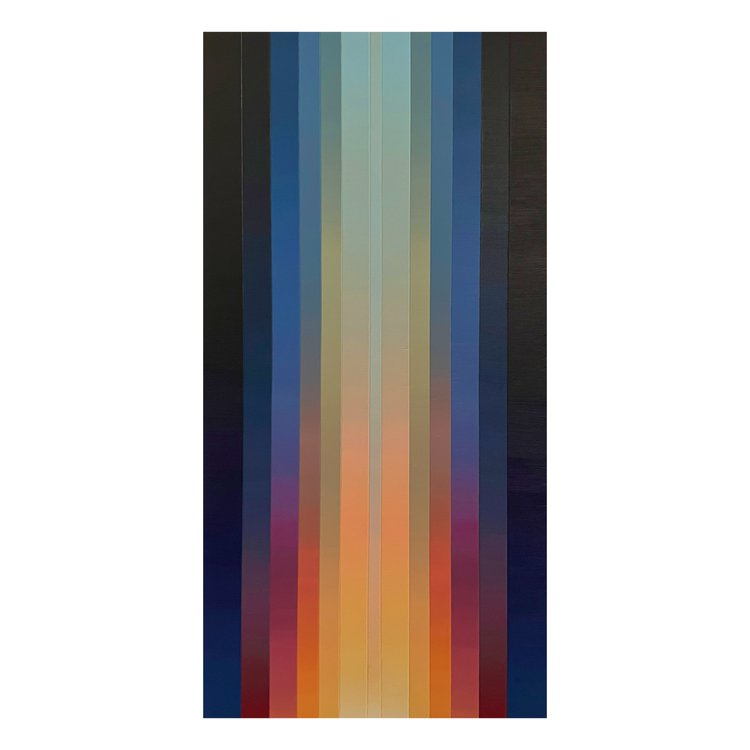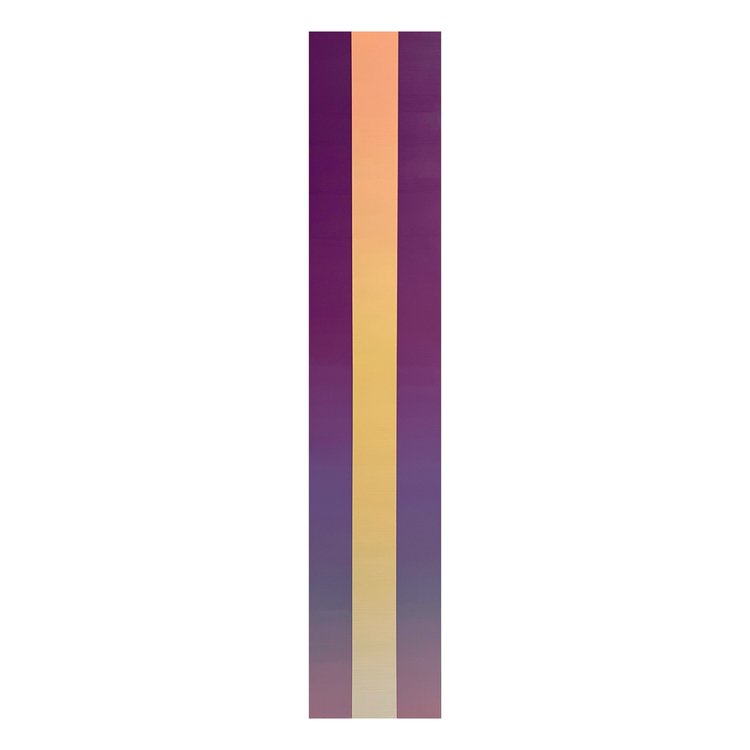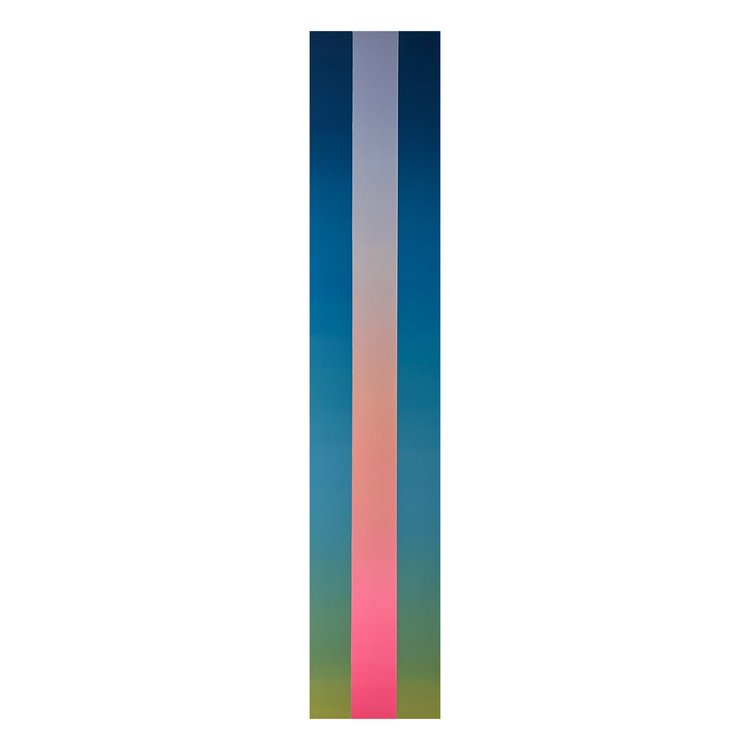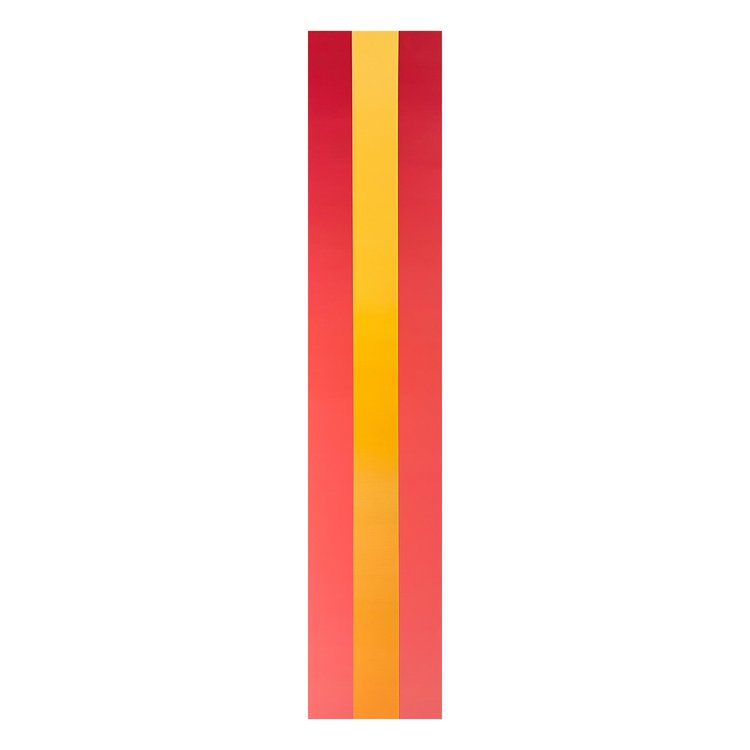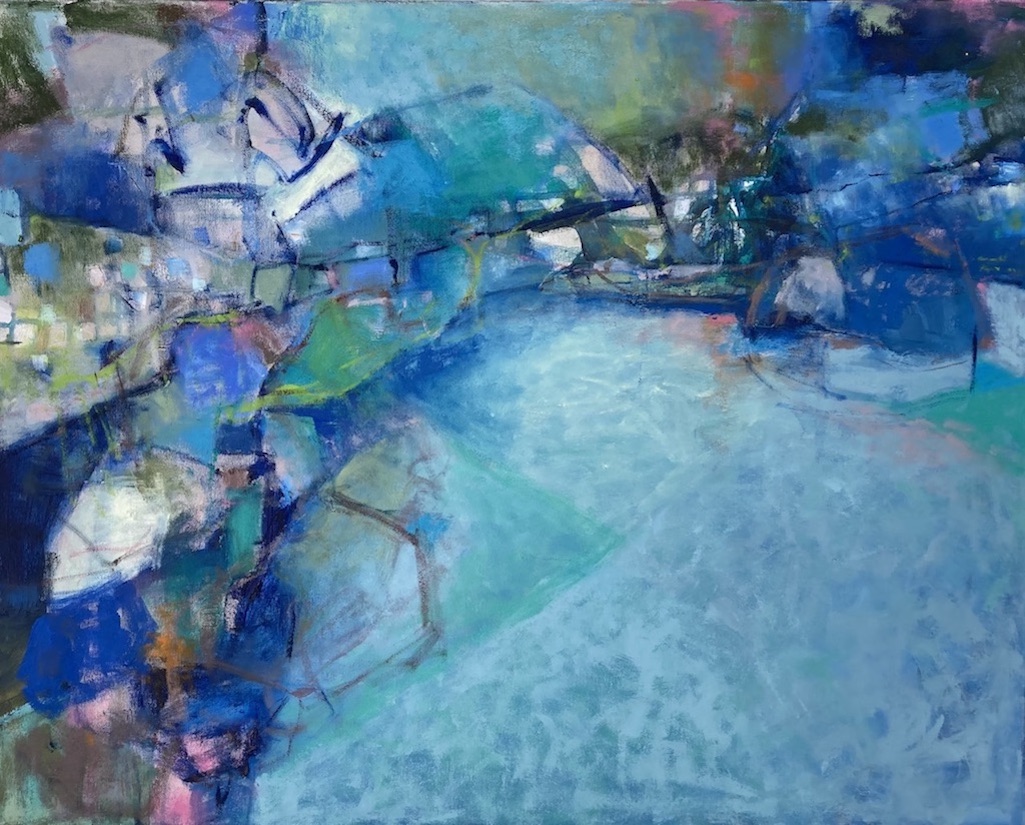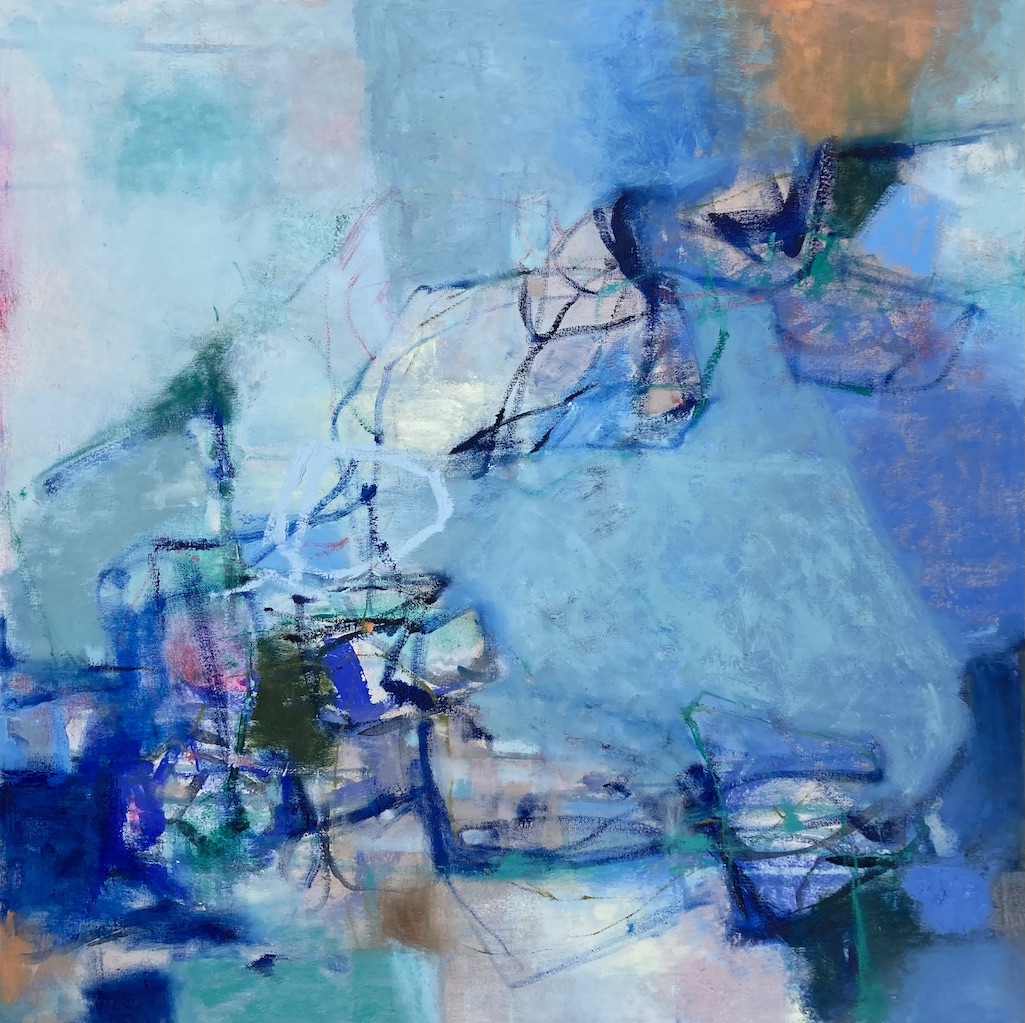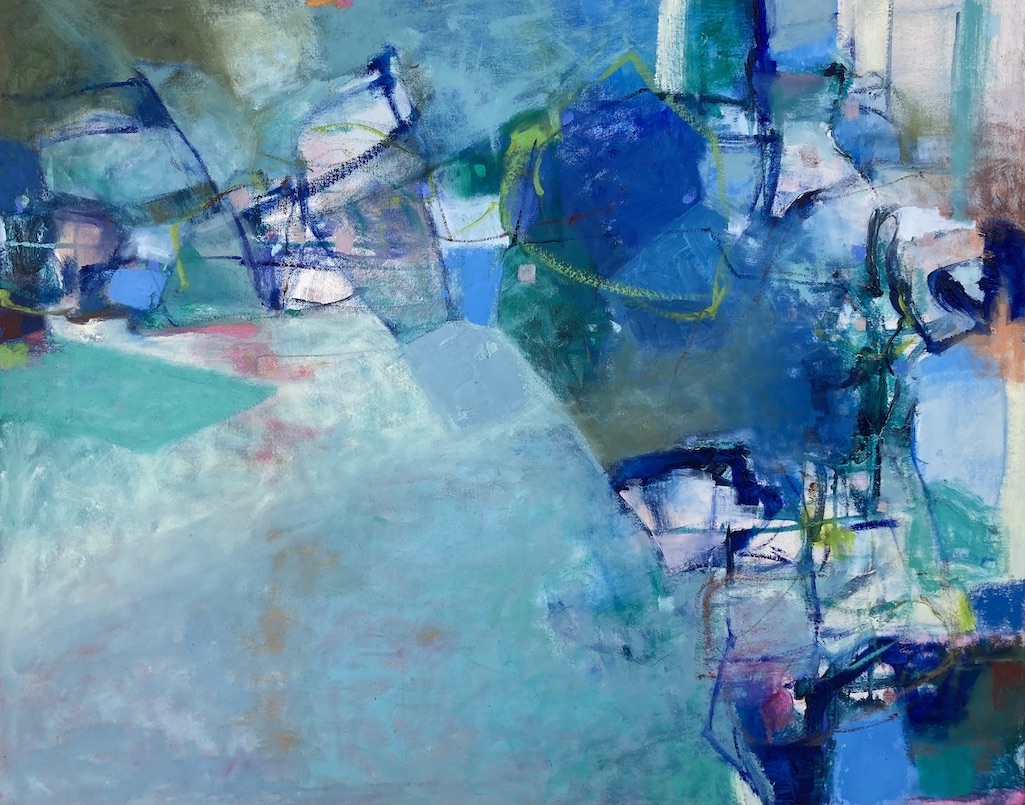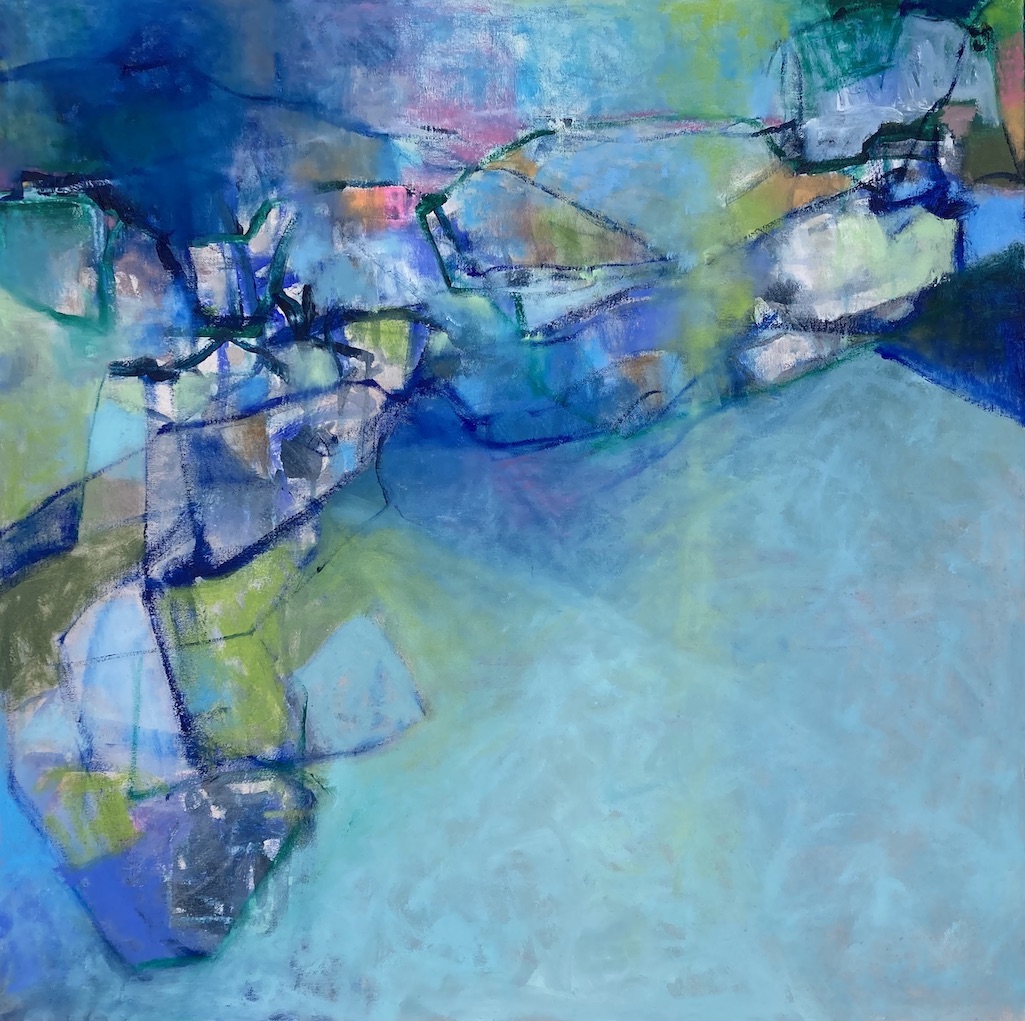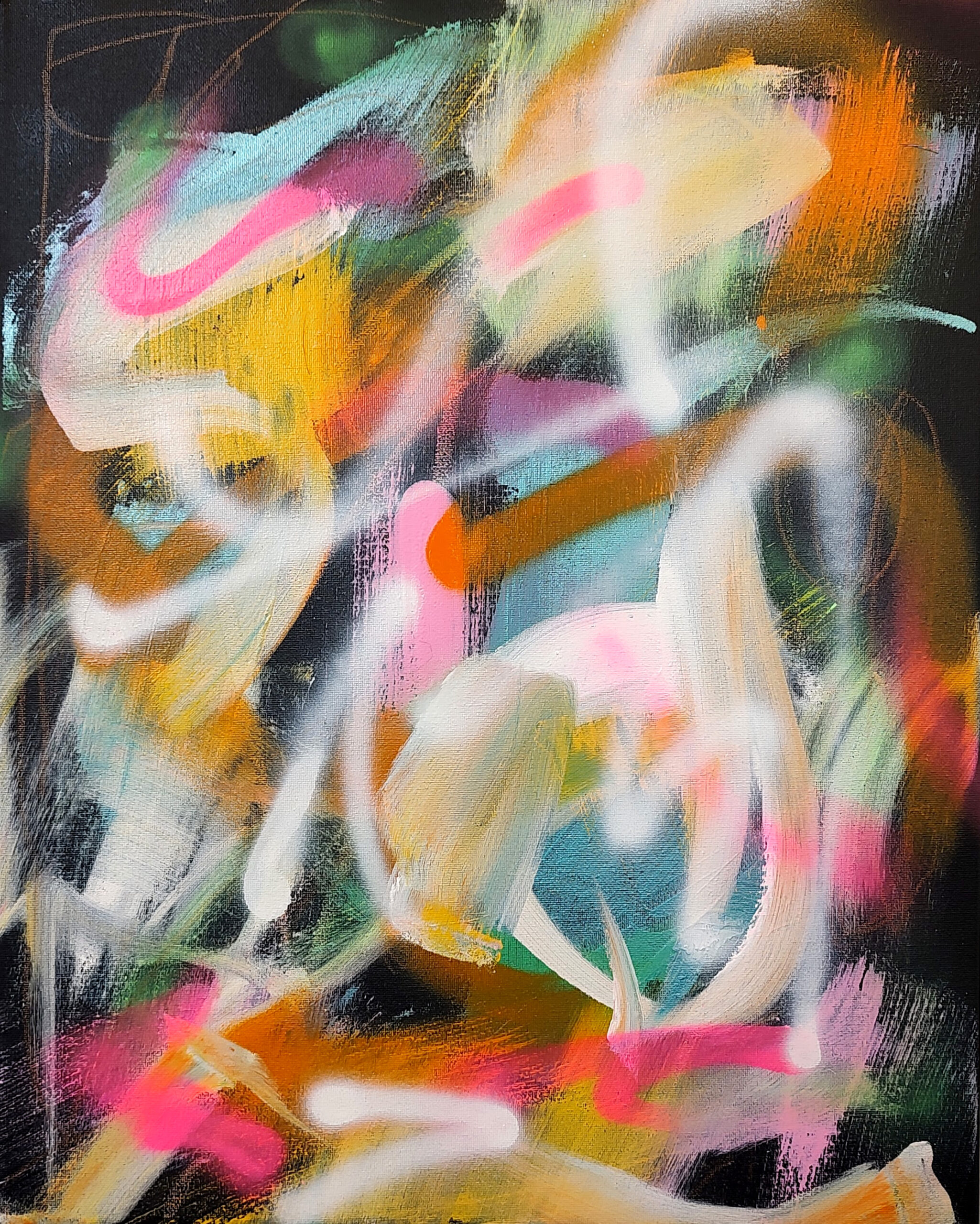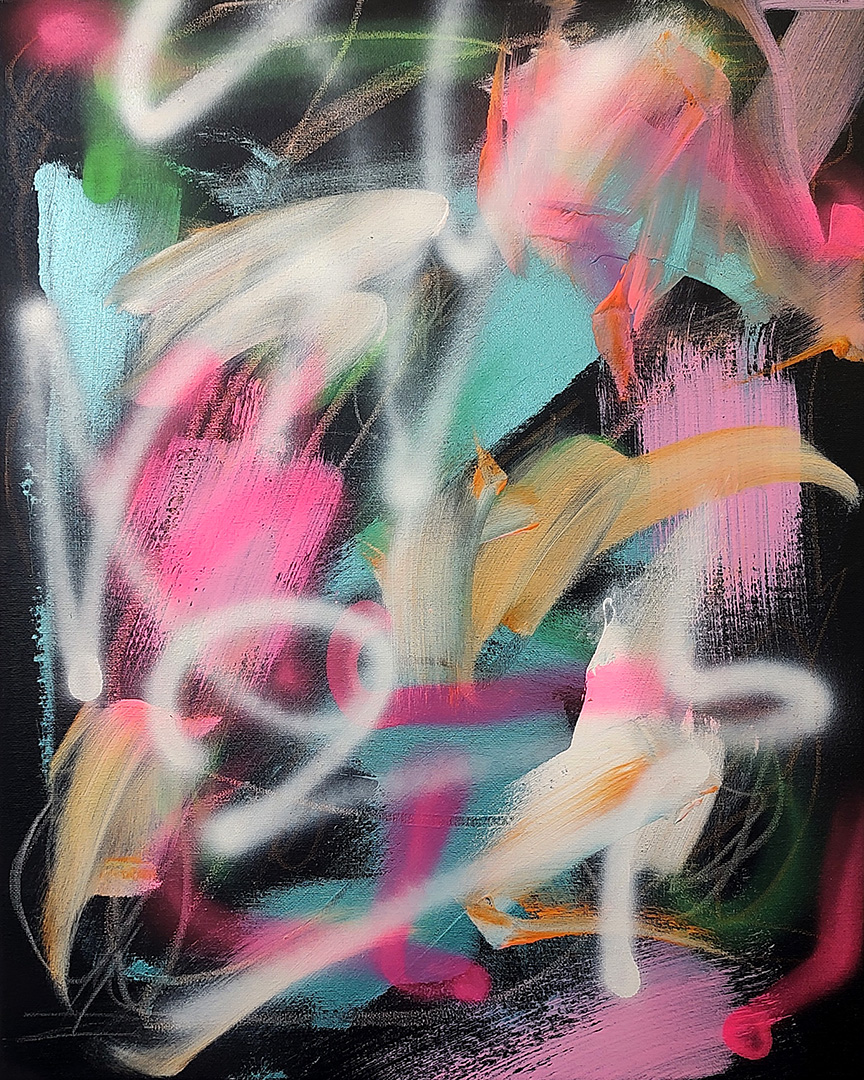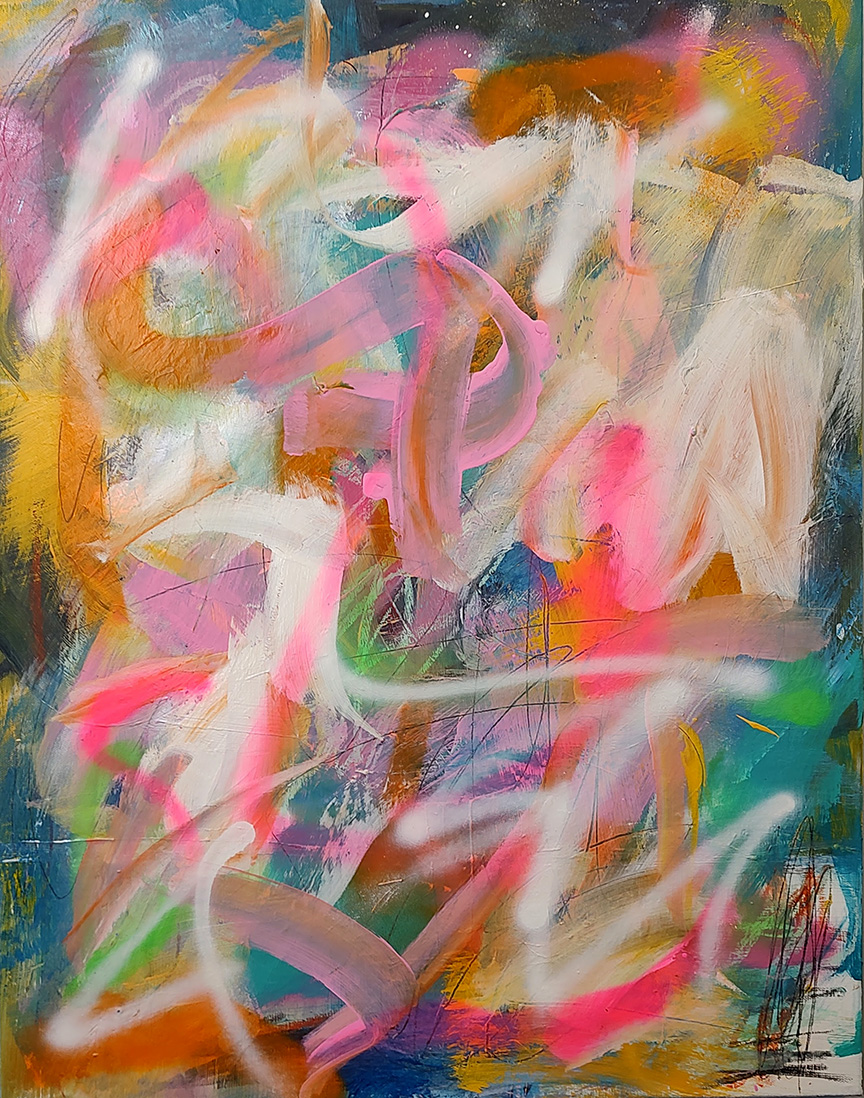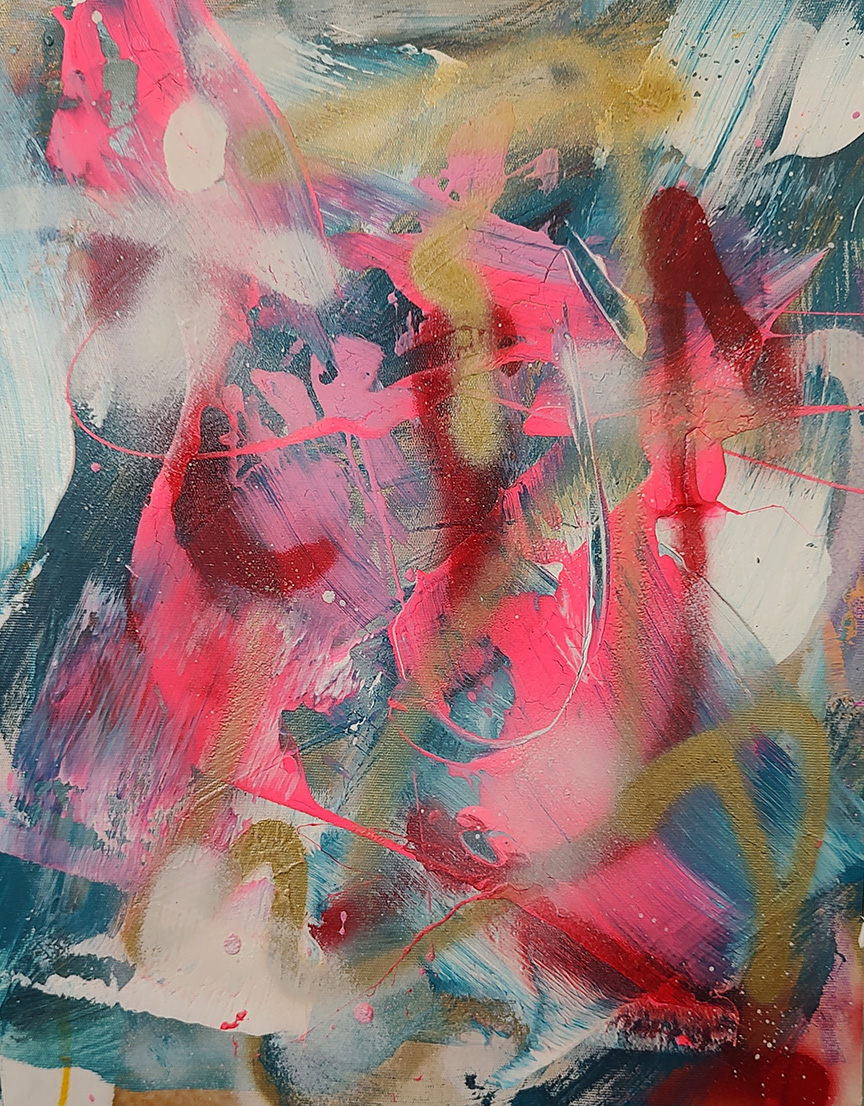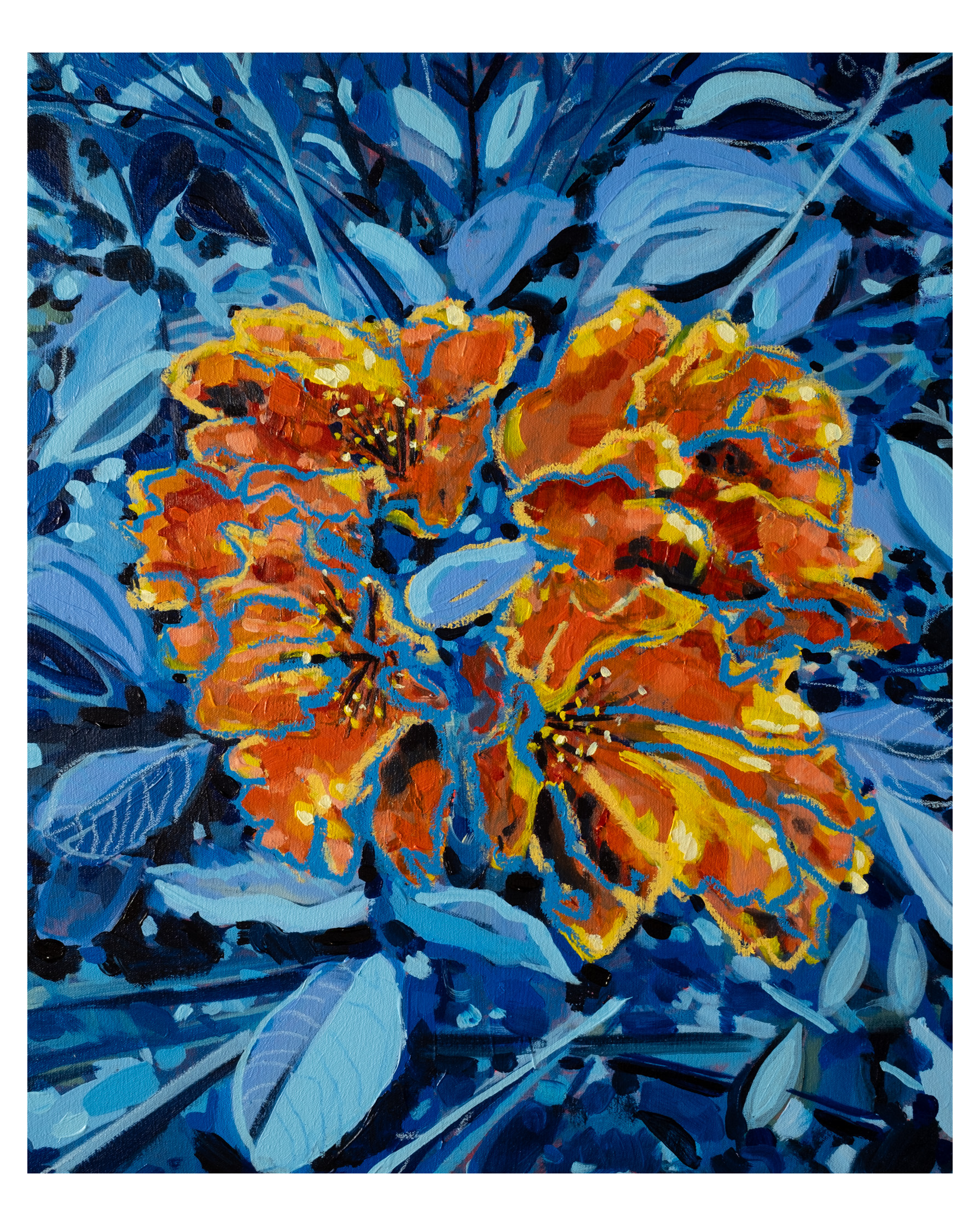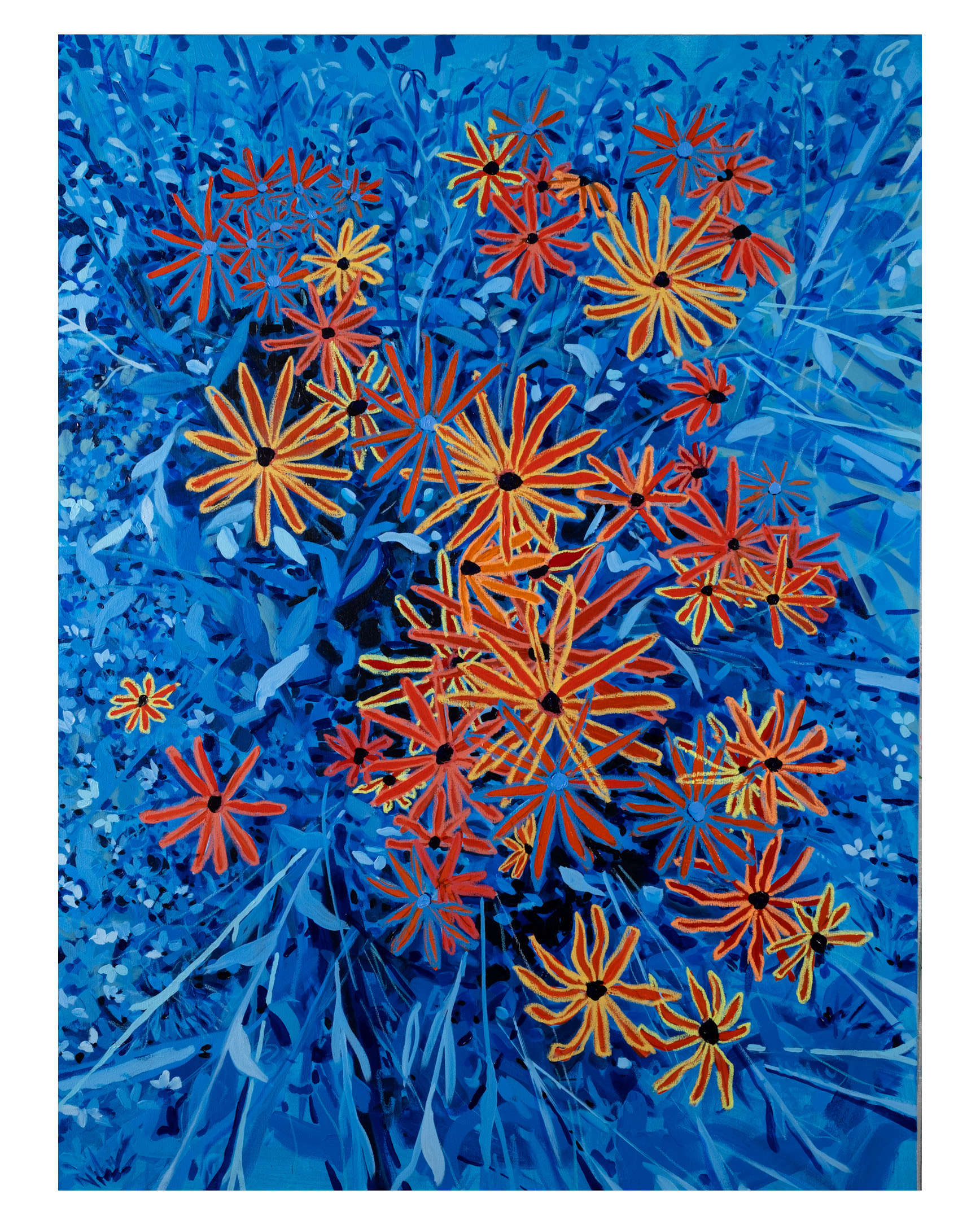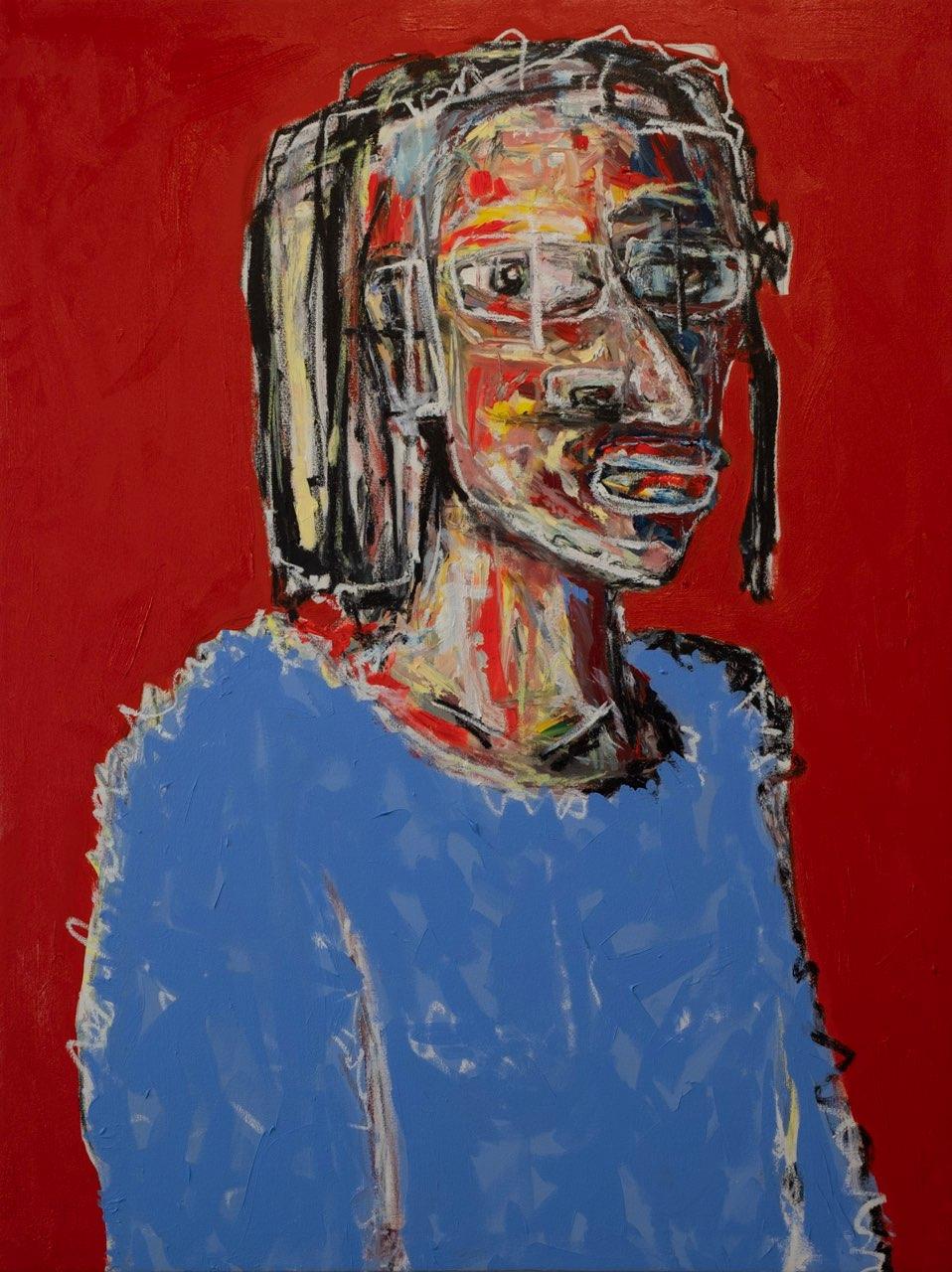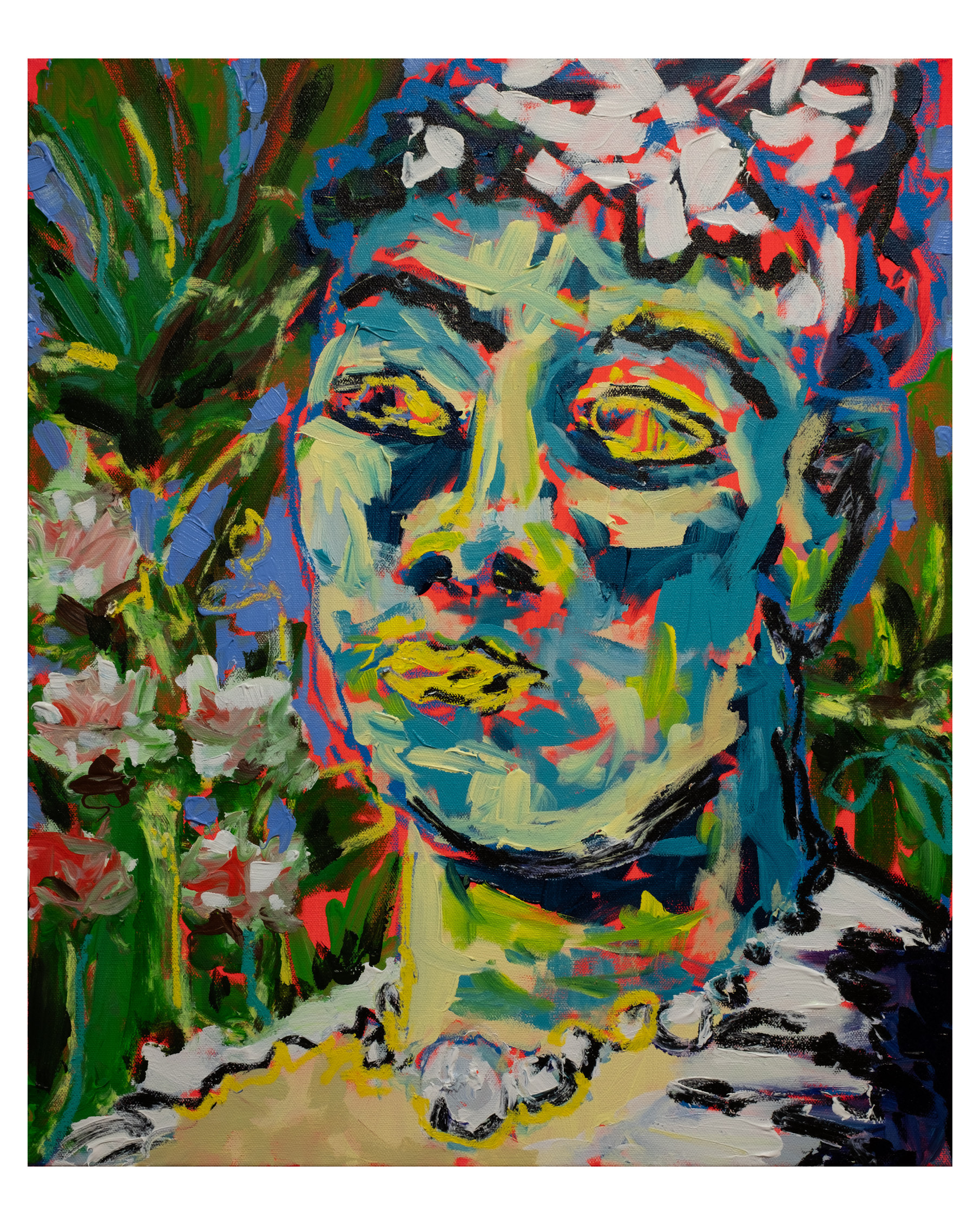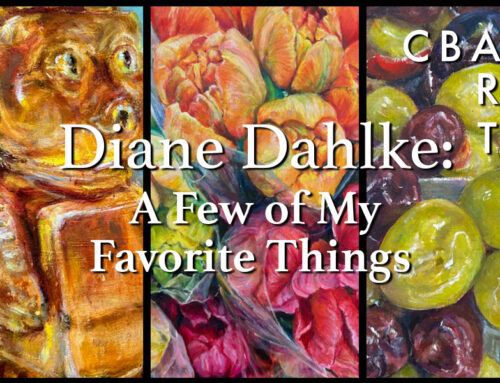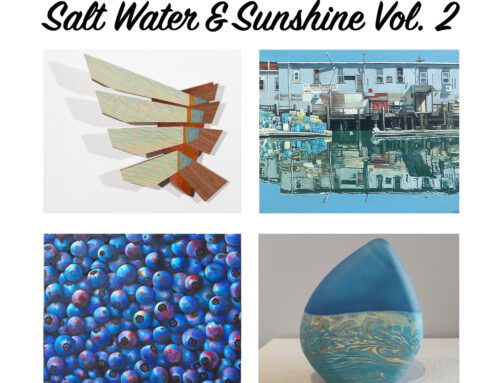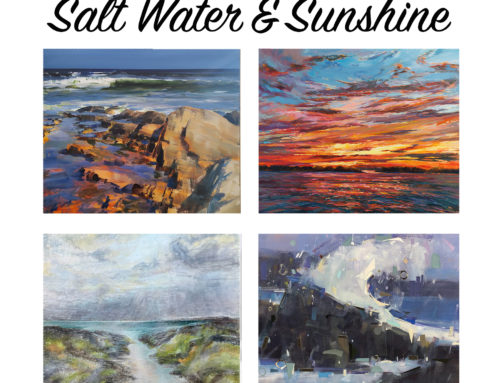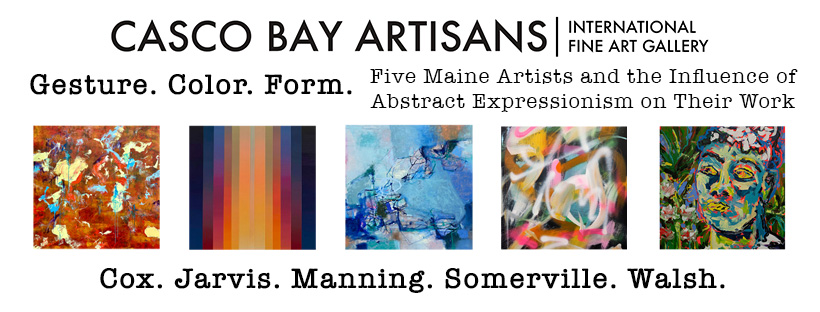
Opening Friday, September 20th, 5-7pm
Gesture. Color. Form.
Five Maine Artists and the Influence of Abstract Expressionism on Their Work.
Abstract Expressionism is considered the first distinctly American art movement. Emerging after the post WWII era and emboldened by more experimental ways of painting from Europe, the Abstract Expressionist (AbEx) painters continued to push the ideas of movement, color theory, and non-objective shapes into practices that challenged how to ‘paint’ a painting, full immersion in fields color, and the emotional impact of the artist’s gesture on the canvas.
Works of this era prioritized expression and spontaneity rather than formal subject matter. These paintings explored the unconscious mind and the inner self. There were two primary offshoots of the movement: the action painters and the color field painters. The pioneers of Abstract Expressionism include Jackson Pollack, William deKooning, Mark Rothko, Barnet Newman, Lee Krasner, Helen Frakenthaler, and Robert Motherwell.
We have invited gallery artists Russ Cox, Cade Jarvis, Erika Manning, Rachel Somerville, and Patrick Walsh to examine how this movement and its precepts influence their own practice as abstractionists today. Here’s what they have to say:
As an artist, the mental imprinting of cultural exposure, places, landscapes, and their associated experience are integral to my approach as I move in and out of a canvas. The freedom to draw upon this within my process of painting – although not always achieved – is movement without constraint while creating abstract relationships within the work. This is when the act of painting is truly satisfying, and achieving a balance between what’s considered pure expressionism and abstraction is what I find particularly compelling. More simply, I move with tools in hand and the work emerges.
Painting for me is a physical act, and the freedom to express within that movement has been guided by the previous generation of expressionists and color field artists. My champions of “modern” expressionism and color field styles start with Joan Mitchell and Willem de Kooning’s exceptionally strong colors and brushstroke, Jackson Pollock’s gestural movement, Helen Frankenthaler’s staining and magnificent shapes that utilize negative space so brilliantly, and the masterful Indian artist V.S. Gaitonde’s soft moods achieved within his non-objective work. Not only have these artists influenced my process and discernment while painting, their risk-taking demonstrated a pathway for my ongoing experimentation in developing my own techniques and approaches in completing my paintings.
Joan Mitchell said, “I carry my landscapes around with me”. I love this idea as I too bring out cherished landscapes I carry. While Mitchell didn’t exactly say this at the time, my guess is that she might agree that our experiences and feelings not just of place, but of actions, nature, and our shared human condition have no place to go but eek onto the canvas, sometimes boldly, sometimes subtly, for us to create our own meaning.
Featured Works
Cade Jarvis
In these paintings, painter Cade Jarvis wanted to continue to push his fascination with the colors of the sky and the beauty it displays for all to witness. These paintings act as captured moments in time while also pushing the viewer to create their own emotional attachment to each painting. This approach is reflected in the works of many artists in the Abstract Expressionist movement who focused heavily on color theory and the relationships their artworks had on viewers. Artists like Mark Rothko, Joseph Albers and Al Reinhardt are some of Jarvis’s favorite artists who he constantly looks to for inspiration in his own paintings. Their Color Field paintings and interaction between color, time and play between viewer and painting are ideas that Jarvis continues to push in his own work and continue to nurture in his expansive repertoire of techniques as an artist.
Featured Works
I consider myself an abstract painter whose work is loosely based on the routes traveled in both the inner and outer landscape of life.
While steeped in classical ways of drawing and painting, one of the overarching influences in my work has always been Abstract Expressionism. From a very early age I was enamored with AB EX artists such as Mark Rothko, Richard Pousette-Dart, Joan Mitchell, Helen Frankenthaler, Lee Krasner, Richard Diebenkorn, Willem Dekoonig and more recently Lynn Drexler and Alma Thomas. Other influences have been Stone Age Cave painting, stained glass church windows, religious icons, Surrealism, my life long practice of Yoga as well as intuitive Spiritualist artists such as Hilma Af Klint.
Making the work is about letting go, improvising, getting out of the way, and letting the painting be what it wants to be…which generally is not what I as the artist thought it might be. I always start with big expansive line gestures of Prussian Blue paint, and the Surrealist technique of “liquid down a vertical plane”. This helps to give me some loose structure to start with. The viewer can sometimes see these initial gestures peeking through the layers of paint in the
finished work. I feel this adds to the collective history of the painting, and have always been drawn to the idea that artwork is comparable to human experience in that the story and what is underneath isn’t always visible on the surface.
While I am not a color field painter, I’ve always enjoyed that idea as well as the use of deep saturated layers of color in my work. I like incorporating hues that vibrate on either end of the color wheel to activate the surface of the painting. Recently I’ve been drawn to explore a more neutral and quieter pallet to see how that changes both my experience in creating the work, as well as the viewers experience.
My painting practice has always been an intuitive form of personal expression. The process of making the work is linked to a form of spiritual growth, and is in essence the way I navigate my world. It is my hope that the viewer completes the work by sensing a spirit of place that is known on some level, but perhaps one that is more of an instinctive recognition.
Featured Works
My practice is about liberation, rebellion, and freedom. When I paint, I’m processing my thoughts, feelings, and experiences—the good, the bad- the drama. I’m swimming through the wins, the failures- sadness and the joy.
My practice is deeply connected to music; sound drives the dance of my brush. With music comes texture and color, which also guide the flow. Painting is like dancing—an unrehearsed dance that bubbles up from the soul. As Ernst Ludwig Kirchner wrote, “The painter needs to feel the power of life flowing through him like a river; otherwise he cannot paint.” For me, painting is a release, an escape, a celebration, and a confession. It embodies emotion and lived experience. It is the calm and the storm all at once—a mourning and a celebration.
Featured Works
Artist Statement:
My recent work is deeply inspired by the natural world. Particularly, the unique flora and fauna
of Maine. These paintings seek to explore the subtle, yet profound differences within natural
environments, reflecting how these variations mirror the individuality of human beings. I use a
mostly monochromatic palette to encourage the viewer to look more closely and discover the
minute details that often go overlooked in our fast-paced, modern world. The work aims to
challenge viewers to appreciate the nuances of the natural world and, by extension, the diversity
within humanity itself.
Abstract Expressionism Reflection:
From the time I saw my first Rothko, I was overtaken by the abstract expressionist movement.
Artists like Clyfford Still, Willem De Kooning and Barnett Newman carried my love for this art
world movement and have heavily influenced my own work over the years. My use of
expressive, vivid color palettes along with a sense of gesture and expression, resemble similar
characteristics of the Abstract Expressionist era. Much like many Abstract Expressionists’ work
aimed to evoke emotion through color alone, my recent work makes use of contrasting colors,
creating a dynamic visual tension that draws the viewer in. The brush strokes and mark making
that form the flora of my work convey a certain sense of movement and energy, creating a
connection to nature that’s as much about feeling as it is about representation. The stylized and
abstracted forms paired with intense pigment, bring forth an emotional or even spiritual
connection to nature. Similar to artists from the Abstract Expressionist realm sought to explore
the sublime or question the human condition. I carry such a deep appreciation of all the Abstract
Expressionist artists and work within me, that it’s carried through into my own work, and, taking
a step back to observe that connection, I’m so grateful that it has.


